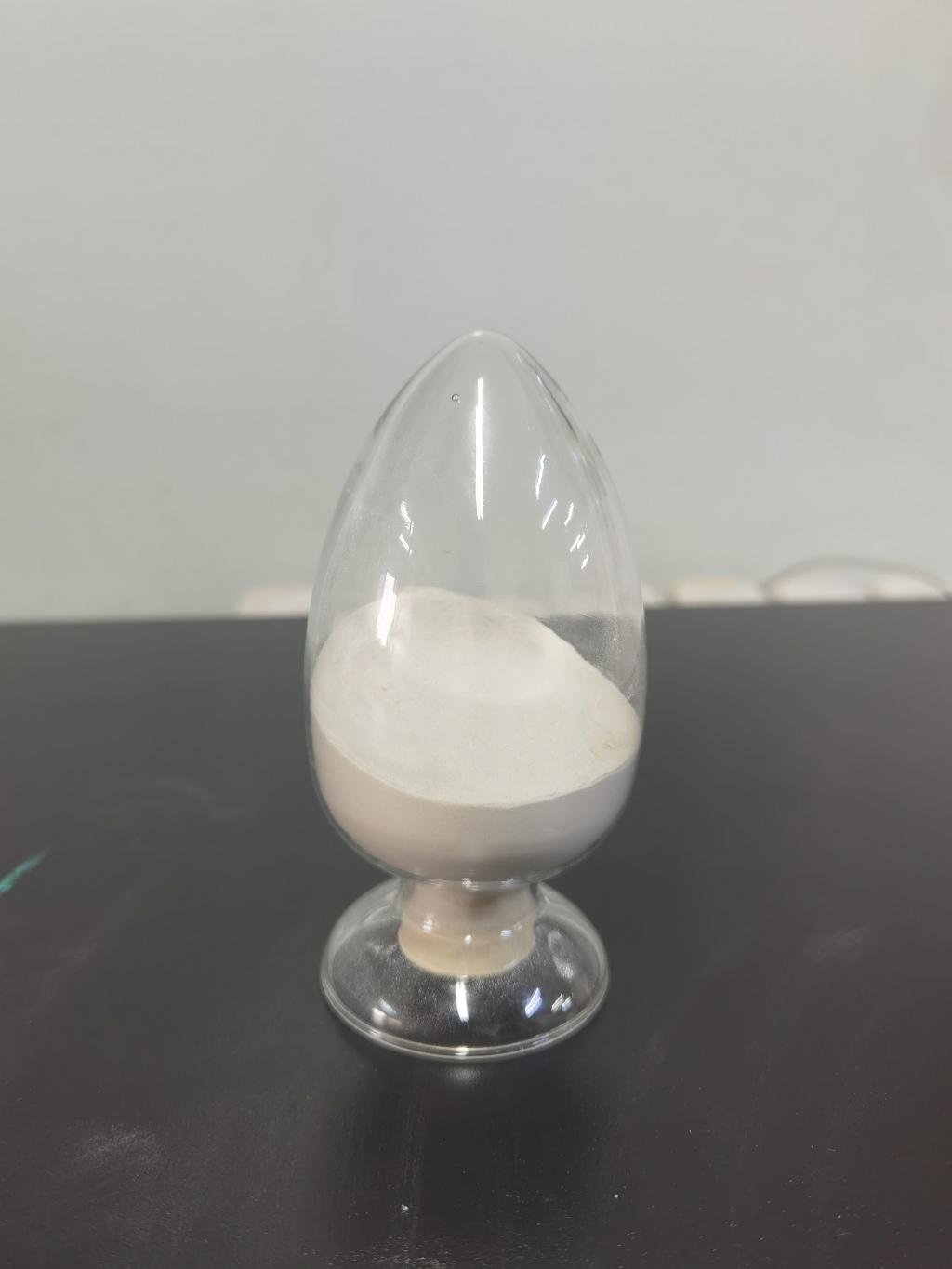Tel:+8618231198596

News
 CONTACT
CONTACT
 CONTACT
CONTACT
- Linkman:Linda Yao
- Tel: +8618231198596
- Email:linda.yao@dcpharma.cn
- Linkman:CHARLES.WANG
- Department:Overseas
- Tel: 0086 0311-85537378 0086 0311-85539701
News
Current Position:
Home >
News
>Nisin's Role in Addressing Food Safety Challenges in Fermented and Pickled Foods
Nisin's Role in Addressing Food Safety Challenges in Fermented and Pickled Foods
TIME:2024-03-06
Fermentation and Pickling: Culinary Traditions
1. Cultural Significance
Fermentation and pickling are ancient preservation techniques deeply rooted in culinary traditions. These processes not only extend the shelf life of perishable foods but also contribute to the unique taste profiles cherished by diverse cultures.
2. Microbial Transformation
Fermentation involves the metabolic activities of microorganisms like bacteria, yeast, and molds, leading to the transformation of raw ingredients. Pickling, on the other hand, relies on the use of acidic solutions to preserve foods.
Food Safety Challenges in Fermented and Pickled Foods
1. Microbial Contamination
The microbial nature of fermentation and pickling processes does not guarantee absolute safety. Contamination by spoilage microorganisms or foodborne pathogens can occur, posing risks to consumers.
2. Inconsistent Preservation
Variability in environmental conditions, ingredient quality, and preparation methods can result in inconsistent preservation. This unpredictability may compromise the safety and quality of the final products.
3. Post-Fermentation Contamination
Once the fermentation or pickling process is complete, the introduction of contaminants during subsequent handling or storage stages remains a concern. This post-fermentation phase is critical for ensuring food safety.
Understanding Nisin
1. Antimicrobial Properties
Nisin, derived from lactic acid bacteria, exhibits potent antimicrobial properties, particularly against Gram-positive bacteria. Its role in inhibiting the growth of spoilage microorganisms and certain pathogens makes it a valuable natural preservative.
2. Heat Stability
Nisin remains stable even at elevated temperatures, a crucial characteristic for its application in food processing. This stability allows for its incorporation into a variety of heat-treated foods, including those subjected to pasteurization.
Nisin's Potential in Enhancing Food Safety
1. Preservation of Fermented Foods
Incorporating Nisin into the fermentation process can act as an additional layer of protection against spoilage bacteria and pathogens. This ensures the safety of fermented foods throughout their shelf life.
2. Post-Fermentation Application
Applying Nisin in the post-fermentation phase, such as during packaging or storage, helps maintain the safety of fermented and pickled foods. It acts as a safeguard against potential contamination during these critical stages.
3. Consistent Quality
Nisin's antimicrobial efficacy contributes to the consistent quality of fermented and pickled foods, addressing the challenges associated with variability in preservation outcomes.
Case Studies and Success Stories
1. Nisin in Fermented Dairy Products
Studies have demonstrated the successful use of Nisin in enhancing the safety and shelf life of fermented dairy products. This success serves as a model for its potential application in other fermented foods.
2. Commercial Adoption
Several food manufacturers have successfully adopted Nisin as a natural preservative in a variety of products. This widespread commercial use underscores its effectiveness and safety.
Implementing Nisin in Fermented and Pickled Foods
1. Collaboration with Food Industry
Collaboration between food scientists, manufacturers, and regulatory bodies is essential for the successful implementation of Nisin in fermented and pickled foods. Shared expertise can streamline the integration process.
2. Educational Initiatives
Educating producers, processors, and consumers about the benefits and proper use of Nisin fosters responsible and informed adoption. Knowledge dissemination is crucial for maximizing the potential of this natural preservative.
Challenges and Considerations
1. Regulatory Approval
Navigating regulatory frameworks and obtaining approval for the use of Nisin in food products is a crucial step. Compliance with safety standards ensures consumer trust and facilitates market access.
2. Consumer Perception
Consumer acceptance of Nisin as a natural preservative requires addressing perceptions and concerns. Transparent communication about its safety and benefits is key to gaining trust.
Future Perspectives and Research Directions
1. Exploring Synergies
Investigating the potential synergies between Nisin and other natural preservatives or antimicrobial agents could enhance the overall effectiveness of preservation strategies.
2. Tailoring to Regional Cuisines
Considering the diverse nature of fermented and pickled foods globally, research should explore tailoring Nisin applications to specific regional cuisines and practices.
Conclusion
Nisin's role in addressing food safety challenges in fermented and pickled foods presents an exciting avenue for enhancing the preservation of these traditional culinary delights. As an effective natural antimicrobial agent, Nisin has the potential to contribute to the consistent safety, quality, and shelf life of fermented and pickled products. Successful implementation requires collaboration, education, regulatory compliance, and a nuanced understanding of the unique characteristics of these foods. Embracing the potential of Nisin aligns with the broader goal of ensuring that traditional foods continue to be enjoyed safely while respecting cultural diversity and culinary heritage.
- Tel:+8618231198596
- Whatsapp:18231198596
- Chat With Skype







